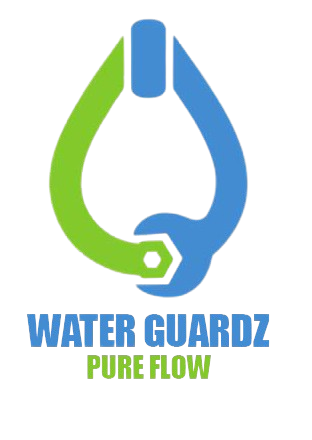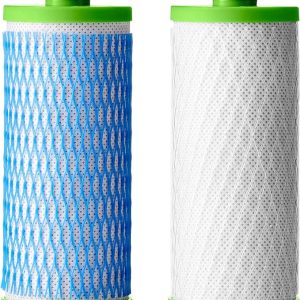Description
A self-cleaning filter automatically removes contaminants from water, air, or fluids, minimizing the need for manual cleaning. These filters are used across various industries to ensure continuous filtration without frequent maintenance.
How It Works
- Backwashing: Reverses the flow of water to flush out particles.
- Scraping Mechanism: A brush or scraper removes debris from the filter surface.
- Vibration or Rotation: Physical motion shakes or rotates the filter, dislodging contaminants.
- Automated Control: Timers or sensors regulate the cleaning cycle, reducing manual intervention.
Key Benefits
- Reduced Maintenance: Eliminates the need for regular manual cleaning.
- Consistent Filtration: Maintains optimal performance without clogging.
- Cost Efficiency: Reduces operational and labor costs by automating cleaning.
- Increased Filter Lifespan: Prevents damage from overuse or clogging.
Common Applications
- Water Treatment Plants: To clean water from sediments and impurities.
- HVAC Systems: Removes dust and dirt from air filters to improve air quality.
- Industrial Systems: Used in machinery and cooling systems to ensure smooth operation.
- Agricultural Irrigation: Filters out particles, ensuring consistent water flow.
Conclusion
Self-cleaning filters provide an efficient solution for continuous filtration. By automating the cleaning process, they help businesses save time, reduce maintenance costs, and extend the life of their systems.





